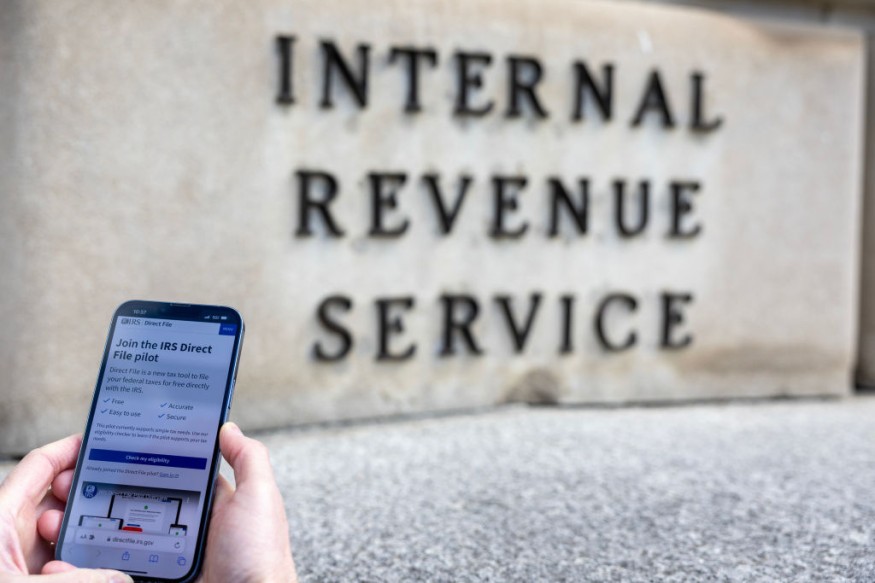IRS Issues Larger Tax Refunds With 2.2% Increase: Here Are Smart Spending Tips to Use Your Additional $75

- IRS data shows the typical taxpayer receives a $2,852 refund, $75 higher than last year, totaling about $261 billion in refunds, representing a 2.2% increase over 2023.
- Experts recommend using refunds for savings and debt reduction, though many find it challenging.
- Employ smart spending strategies like prioritizing debts, building emergency funds, and investing in retirement or education to maximize the financial boost from IRS refunds.
According to the most current IRS data, the typical taxpayer is receiving a $2,852 refund, which is $75 higher than the previous year. What then ought to you do with that cash?
The consensus among experts is to use it for savings and debt, but many individuals find it to be impractical.
The "biggest extra windfall of the year" is usually a tax refund, according to Courtney Alev, a consumer financial advocate at Credit Karma. About 141 million returns had been completed by the IRS as of the end of last month, and approximately $261 billion had been returned to taxpayers-a 2.2% increase over the same period in 2023.
Smart Spending Tips
As the IRS issues larger tax refunds, it's essential to make the most of this financial boost by employing smart spending tips. Whether you're receiving a windfall or a modest return, strategic planning can ensure your refund contributes to your financial well-being in the most impactful way possible.
1. Prioritize Debts: Start by addressing high-interest debts like credit cards or personal loans. Reducing these obligations can save you money in the long term by lowering interest payments.
2. Emergency Fund: If you haven't already, consider building or bolstering your emergency fund. Aim for at least three to six months' worth of living expenses in a readily accessible account. This fund serves as a safety net during unexpected financial challenges.
3. Invest in Retirement: Use a portion of your refund to contribute to retirement accounts such as a 401(k) or IRA. Not only does this provide tax advantages, but it also helps secure your financial future.
4. Education and Skills Development: Invest in yourself or your loved ones by funding education or skill-building endeavors. This could include courses, workshops, or certifications that enhance career prospects and earning potential.
5. Home Improvements: Consider making upgrades to your home that increase its value or energy efficiency. These investments can yield returns over time and enhance your quality of life.
By adopting these smart spending strategies, you can make your IRS refund work harder for you and move closer to achieving your financial goals. Remember, the key is to strike a balance between enjoying the present and planning for the future.
Related article: The Ultimate Guide to Winning the 2024 Tax Season Game
The content provided on MoneyTimes.com is for informational purposes only and is not intended as financial advice. Please consult with a professional financial advisor before making any investment decisions.
Copyright © MoneyTimes.com










